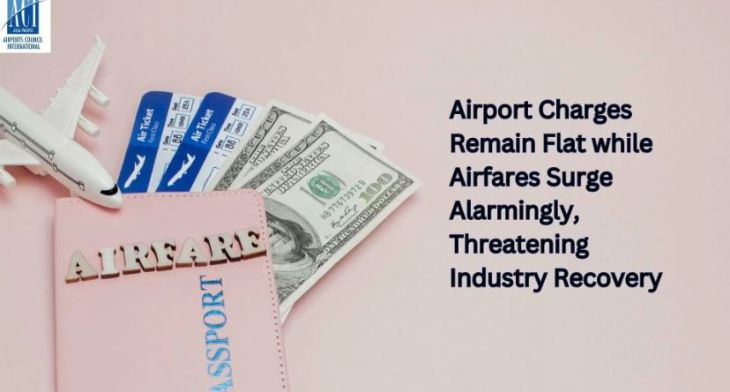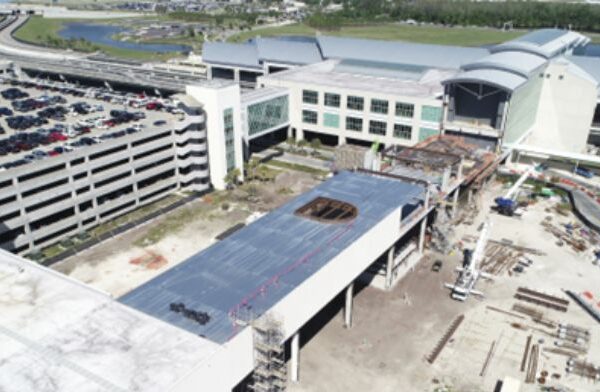


A study on airfare trends conducted by Airports Council International (ACI) Asia-Pacific in collaboration with Flare Aviation Consulting reveals that despite inflation rates soaring over 10% since 2019, airport charges have remained steady since the pandemic. Furthermore, in a move that is hampering the aviation industry’s recovery, the study claims that airfares in Asia-Pacific have soared above pre-pandemic levels, as airlines reap record profits.
Fuel prices and inflation are responsible for a portion of airfare increases, with the former increasing 76% in 2022 compared to 2019.
The study examined 36,000 routes in the top 10 aviation markets in Asia-Pacific, revealing an increase in international airfares by up to 50% while domestic routes went up by less than 10%. The markets that saw the highest airfare increases are India (41%), United Arab Emirates (34%), Singapore (30%) and Australia (23%).
According to ACI Asia-Pacific, airlines are capitalising on low competition and pent-up demand to increase profits and recover losses incurred during the pandemic, while airports continue to provide enhanced services to passengers despite incurring heavy operational and capital expenditures.
Stefano Baronci, Director General of ACI Asia-Pacific, described the high-pricing practice as “excessive”, as he underlined that it “threaten[s] the industry’s long-term recovery and could have a far-reaching influence on the associate industry by reducing demand for air travel and increasing the financial burden on the already stressed sector.”
He added: “Airlines should exercise fair pricing that supports recovery and safeguards consumers’ interests. A supply-demand imbalance should not be exploited by airlines at the expense of customers by restricting the capacity, especially international ones which is a key driver of social and economic growth and a major source of revenues for the airport sector.”
ACI is calling on airlines to reconsider the long-term impacts of their pricing decisions. Simultaneously it is also urging governments to consider liberalising markets through policies such as open skies to help keep airfares under control.
The airport trade body also stressed that despite a decrease in passenger traffic and continuous financial losses as a result of the global pandemic, airports have made huge efforts to support their airline partners in recent years. This has been accomplished through freezing or reducing airport charges, including landing, parking and passenger fees, and providing incentives at the peak of the pandemic. It is also worth noting that airports have made significant investments in capital expansion and technology during this period.
The study also demonstrates that there is no correlation between airport charges and airfares, with the former unlikely to have a major cascading impact on airfares as they account for less than 4% of the airline cost base.
“One fact is clear,” said Baronci. “As it has been largely the case in the past, airport charges are not the reason for airfares increasing in Asia-Pacific and the Middle East. Airport charges in 2019-2022 remained stable or decreased in nominal terms in Asia & Middle East by 4% on international routes, and increased only by +3% on domestic routes. The few airports that increased charges did it significantly below CPI levels after Covid in both domestic and international markets. Unlike airlines, airport operators do not have the privilege to set airport charges capable of covering the full cost of the service. And this is not only because their prices are heavily regulated, but also because market driven factors, such as competition and/or a dominant buyer power exerted by airlines prevent them from doing so.”





